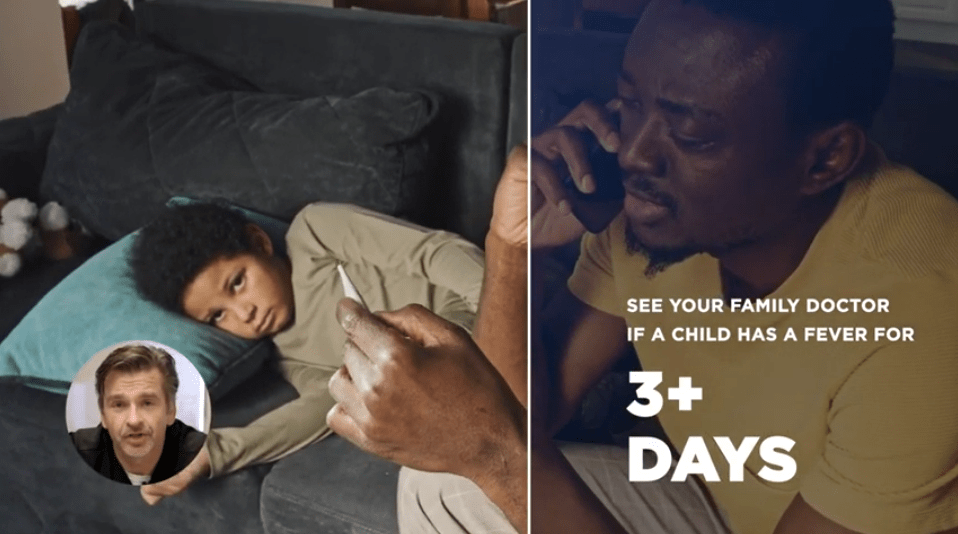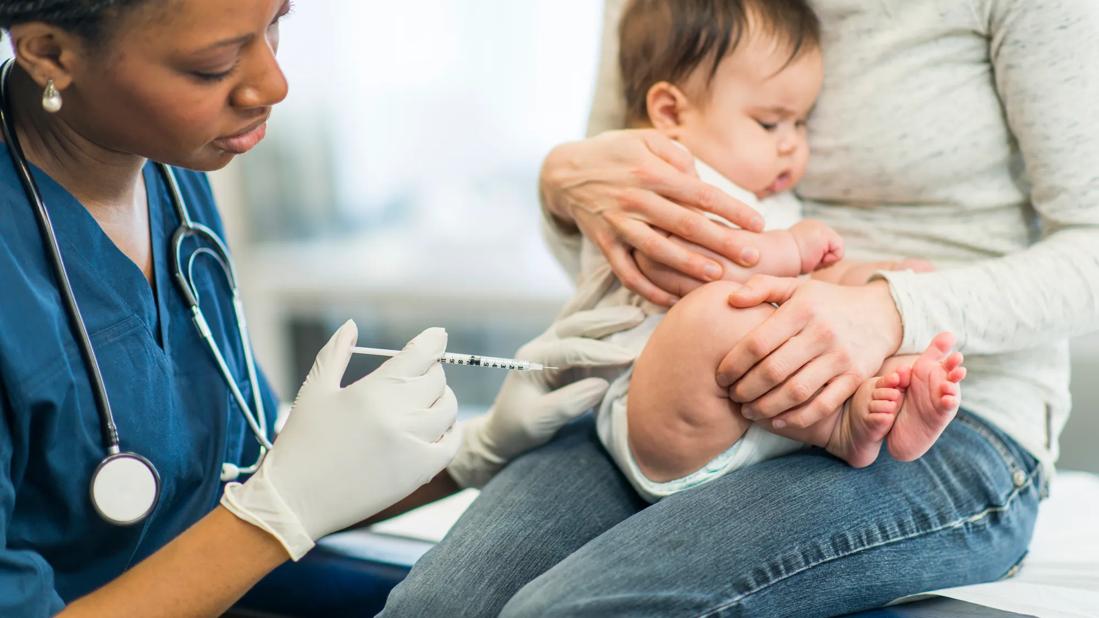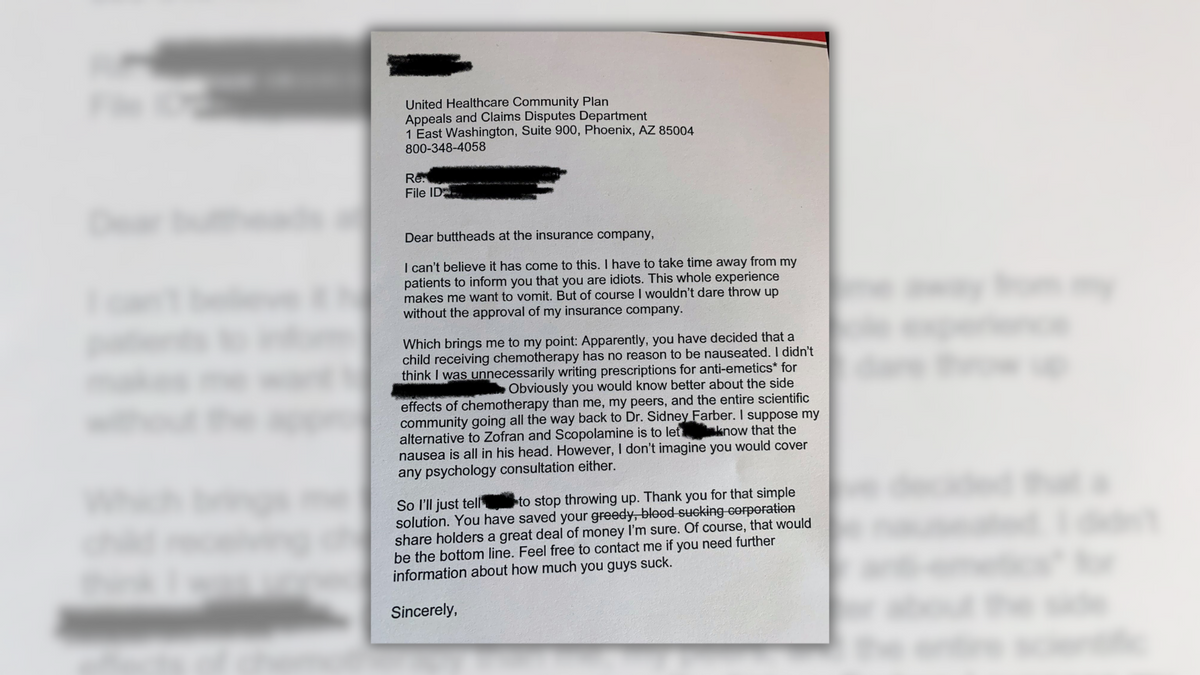Fever phobia? Here’s what you need to know about kids and fevers


Dr. Christopher Sulowski, chief of the pediatric emergency department at McMaster Children’s Hospital, shares how to manage a fever at home and when it’s appropriate to visit your family doctor or the emergency department.
Fevers can be scary for parents. It is usually a sign that your child’s body is fighting an infection.
A temperature of 38°C (100.4°F) or higher indicates a fever, but it’s important to focus on your child’s comfort, not the number on the thermometer.
You might wonder how high is too high? Is it better to take your child to the emergency room or to treat the fever at home? Dr. Christopher Sulowski, chief of the pediatric emergency department at McMaster Children’s Hospital, shares some tips.
How high is too high?
When your child isn’t feeling well and has a fever, it’s easy to fixate on the thermometer’s reading. But remember, your child’s behavior is more important than the number on the thermometer. A higher temperature, for example, higher than 39C, does not mean that your child is more sick than a child with a “low-grade” fever (38-39C).
A fever itself generally does not cause harm and is a sign the body is fighting an infection. Conditions that can cause fever in children include:
- common cold
- viruses and rashes, such as roseola and hand-foot-and-mouth
- ear infection
- flu
- kidney or urinary tract infections (UTIs)
- stomach bug (particularly in small children)
- strep throat
What to do if your child has a fever
Most fevers can be cared for at home. With plenty of fluids and rest, children should be feeling better within a few days. Pay attention to how your child looks and acts and keep a record of how many days the fever lasts. If your child is active and playful as well as drinking normally, you do not need to come to the emergency department (ED).
If your child is uncomfortable, you may want to treat the fever with acetaminophen (Tylenol/Tempra) or ibuprofen (Advil/Motrin) if it seems to make your child feel better. Acetaminophen is safe for all ages. Ibuprofen should only be used for children older than 6 months. If your child is older than 6 months of age, acetaminophen and ibuprofen can both be used in combination to make your child more comfortable by bringing down the fever a little.
If they are better after they get medicine, it is usually safe to continuing treating them at home. Letting them get rest at home can also help them feel better faster.
Keep your child comfortable. Give them lots of fluids to drink and don’t over bundle. Too many layers can raise a fever so keep your child comfortable by dressing them lightly but ensuring they are not shivering. If they are too cold, add a layer to stop the shivering.
When to see your family doctor
See your family doctor if your child:
- has a temperature that lasts for more than three days
- is not getting better after one week of symptoms
- develops ear pain
When to go to the emergency department
A high fever doesn’t always mean there’s a serious problem. It’s important to look for other symptoms that accompany the fever to determine if medical attention is required.
You’ll need to come to the emergency department if your child:
- is younger than 3 months old and has a fever
- is very irritable or sleepy and this doesn’t improve with fever medication
- has trouble breathing
- has signs of dehydration, like dry mouth or is not peeing for at least eight hours
- has a headache or sore neck that does not go away with fever or pain medication
- you have been told by your regular health care team that your child has a pre-existing condition that weakens their immune system
Related Posts
link






